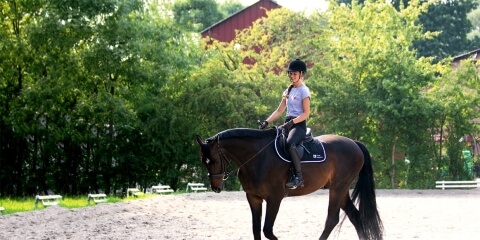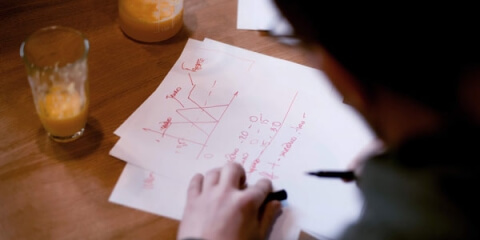Farmers continuously monitor livestock for signs of issues in behavior and appearance. This helps ensure that the animals are healthy and well taken care of.
However, farmers usually deal with multiple hundreds of thousands of animals at once, which drastically decreases their capacity to provide livestock with an equally large amount of supervision and care.
By integrating computer vision-enabled solutions into the caretaking processes, farmers can reduce the amount of money and effort that goes into monitoring animals while also improving the monitoring accuracy.
With computer vision, you can build solutions that automatically assess the livestock appearance and behavior with an accuracy practically unattainable through manual assessment.
Watch the video case study to learn how Lemberg Solutions team developed a first-of-its-kind computer vision device for effortless livestock weighing.
Weight measurement
As detailed above, computer vision can make weighing livestock simpler and more accurate. By implementing a system similar to the one we’re working on, you can automatically track the live weight of livestock, even in real time.
An example of such a system for weighing cows with computer vision would consist of two high-resolution CCD cameras that take top- and side-view images of the animals. By measuring the length of a cow, the height and width of its hip, and the depth of its chest, you can calculate the animal’s weight. And with a large enough database of such measurements, you can train software to automatically calculate the cow’s weight based on a single image.
Check the case study on how we developed an embedded vision prototype for livestock weight monitoring.
Body shape and condition assessment
With computer vision, you can improve the detection of unhealthy changes in the animals’ body shape. By catching such conditions early, you can start treating animals for lameness and other similar conditions before any real damage has been done.
Early disease diagnosis and prevention
Computer vision allows you to make better diagnoses and take more effective measures for disease prevention in livestock.
For instance, you can automatically and continuously measure pig body temperature by setting a few thermal cameras around the farm.
Thermal imaging can also help you detect parasites on the animal’s skin. Because of the difference in temperatures, ticks and lice will light up on a thermal image, helping understand the scale of the issue and decide on the appropriate treatment.
Feeding and drinking behavior
A computer vision-enabled system can help you ensure that animals get as much nutrition as they need. Even the slightest changes in eating and drinking behavior can indicate discomfort or health issues in livestock.
Aggressive behavior
Aggressive animals pose a threat to the group. Unless curbed, this behavior can result in huge economic loss. With continuous computer vision-enabled supervision, you can offer animals constant protection from one another.
To monitor animal groups for aggressive behavior, you can install CCD cameras around their area of habitation. This system will monitor the intensity of animal interactions based on the speed of pixel change. You can also implement it to send automatic notifications for whenever there are unusual levels of activity.
Partner up with Lemberg Solutions to tap into AgriTech
Using computer vision, you can improve many observation and caretaking processes on the farm, increasing their accuracy and productivity. For instance, you can automate the process of weighting farm pigs with computer vision, an agritech project Lemberg Solutionsis already working to implement.
In order to build a computer vision-enabled solution, you’ll need to set up hardware — the eyes of the system — and software — its brain. After that, you can track the relevant features of animals over time, monitoring their appearance, behavior, growth and development. The software can be taught to automatically recognize target appearances and behaviors and alert farm staff in case of dangerous and abnormal situations.
If you have a business or a startup in agriculture, chances are we can make a great team. Lemberg Solutions has many years of professional experience in embedded development services, building data science-enabled solutions, both for people and animals.
Whatever project you have in mind, feel free to discuss it with Slavic Voitovych, our business development manager.




